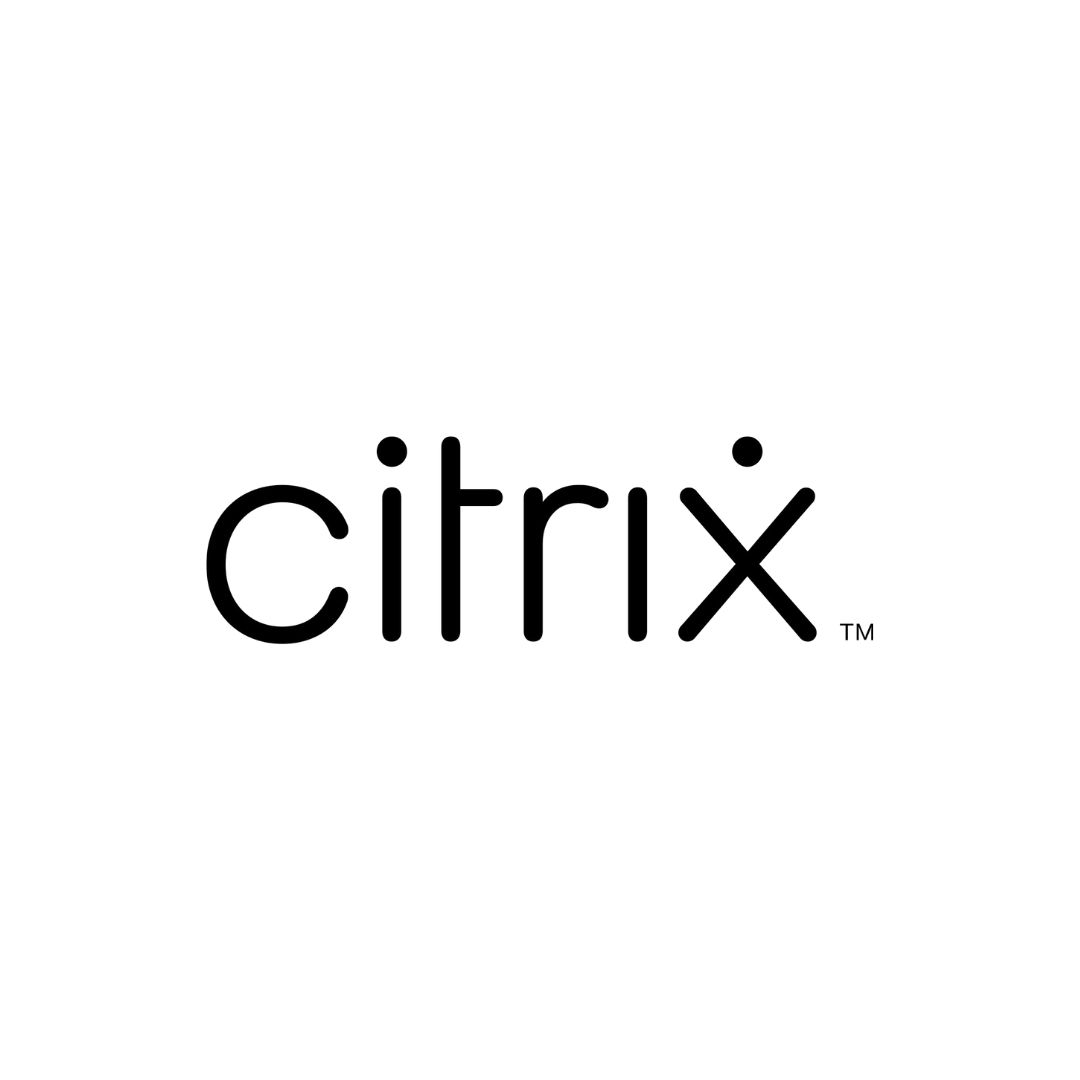Two years ago, IT leaders were forced into remote work. Many viewed it as a temporary experiment. Today, they see it for what it is: the future of work. And they’ve made it their top priority. According to the results of a Pulse survey conducted by Citrix Systems, Inc. (NASDAQ:CTXS), 100 percent of 400 IT and security leaders across North America, EMEA, and APAC have adopted the hybrid model, and rank enabling it as job number one for their organizations.
“In 2020, IT was focused on survival amid the great remote work pressure test. In 2021, they overhauled their infrastructure and strategies to accommodate this new model. And in 2022, they will enact flexible technology strategies and workplace policies to deliver what is clearly the future of work,” said Meerah Rajavel, Chief Information Officer, Citrix.
Leading the Charge
Business leaders who once bristled at the idea of remote work because they didn’t think employees could deliver outside the office now see the benefits it can deliver in terms of employee productivity and experience. They are calling on IT to enable it, and as revealed by the Citrix-Pulse survey, they’re answering.
When asked to rank their top five priorities over the next five years, respondents said:
- Enabling distributed collaboration
- Ensuring always-on availability
- Empowering individual focus
- Providing a consistent, consumer-like experience from device to device and location to location
- Automating work
Leaping Hurdles
But they’ll face some challenges in executing. When asked to identify the top obstacles to driving digital transformation, Citrix survey participants cited:
- Lack of understanding the needs across the business to effectively prioritize investments (41 percent)
- Cumbersome, complex infrastructure (34 percent)
- Lack of investment in cloud (24 percent)
Security is also a concern. When asked what they see as the top risks opened by remote and hybrid work, those polled called out:
- Ransomware attacks (41 percent)
- Insider threats (18 percent)
- API/software breaches and vulnerabilities (16 percent)
- Phishing and cloud-related attacks (15 percent)
And, their teams are stretched to the max, with respondents noting:
- 70 percent are working more hours
- 56 percent are leaving
- 50 percent are experiencing decreased productivity
- 49 percent are less satisfied with their jobs
- 24 percent are disengaged
Pushing Forward
How do the leaders polled plan to overcome these challenges? By focusing on seven key things:
- Bridging the cybersecurity gap (32 percent)
- Managing the pace of digital acceleration with cybersecurity investment (29 percent)
- Zero Trust Network Access (14 percent)
- Vendor consolidation/simplification (13 percent)
- Security AI and automation (7 percent)
- App/API protection and/or browser isolation for SaaS and web apps (3 percent)
- Acceleration to SASE (2 percent)
“When it comes to securing a workforce that cycles in and out of the office, ensuring an even playing field for collaboration and supporting employees through what remains a time of unprecedented upheaval, IT can no longer afford to make yesterday’s compromises between distributed collaboration and security,” Rajavel said. “Instead, they must implement solutions and strategies that help them balance these seemingly competing priorities and chart a new course that allows them to deliver the future of flexible work.”
Citrix provides a powerful set of secure access solutions that combine a full cloud-delivered security stack integrated with identity-aware Zero Trust Network Access (ZTNA) to give employees the freedom and choice to work when, where and how they choose, while ensuring that corporate information and devices remain safe. Click here to learn more about these solutions and how you can use them to build a workplace that wins.


